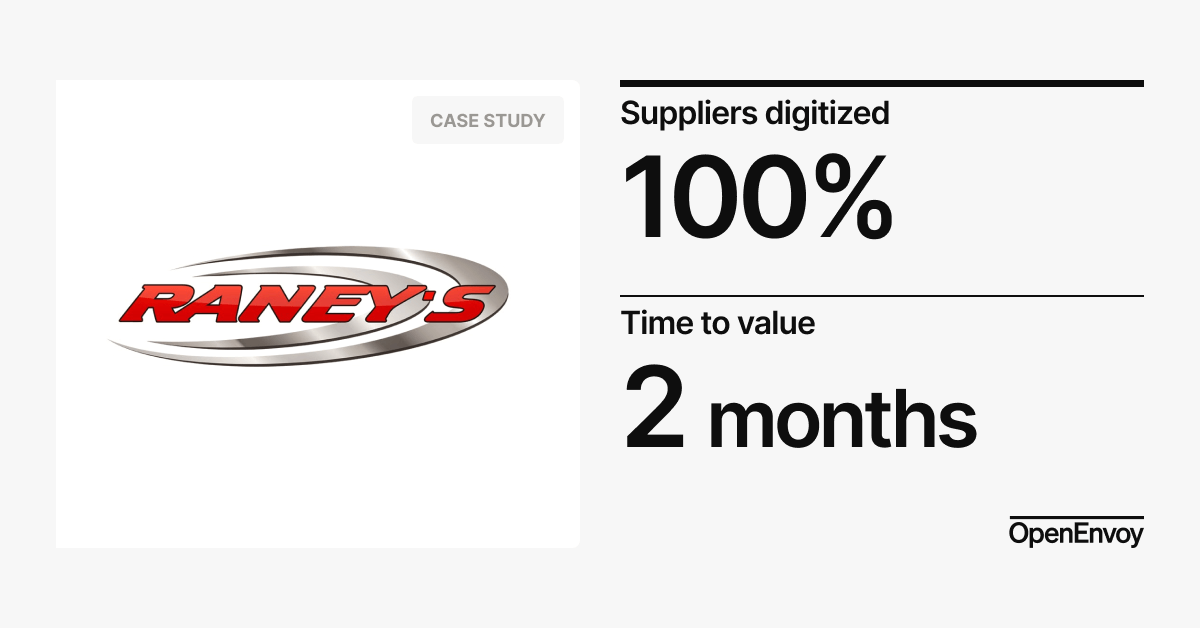< Back to E-Invoicing Overview
India has implemented mandatory e-invoicing for businesses that meet specific turnover thresholds, integrating digital invoicing with the country’s Goods and Services Tax (GST) system. The government requires businesses to generate e-invoices and submit them for validation before they can be legally used in transactions.
India’s e-invoicing system is designed to improve tax compliance, reduce fraud, and enhance financial transparency. The mandatory adoption of digital invoicing has significantly streamlined business transactions and automated tax reporting.
Regulatory authority
The Goods and Services Tax Network (GSTN) and the Central Board of Indirect Taxes and Customs (CBIC) oversee India’s e-invoicing system.
E-invoicing requirements
Businesses with an annual turnover exceeding INR 5 crore must issue e-invoices. The government has been lowering this threshold gradually, and more businesses are expected to be included in the mandate.
Accepted invoice formats
Invoices must be issued in JSON format, following the GST e-invoicing standard.
Transmission channels
Invoices must be submitted through the Invoice Registration Portal (IRP), where they are validated before being issued to customers.
Digital signatures
Digital signatures are required to authenticate invoices and ensure compliance with tax regulations.
Archiving requirements
Invoices must be archived for at least eight years in compliance with tax laws.
How B2B e-invoicing works in India
Businesses generate invoices in JSON format, submit them for validation through the Invoice Registration Portal, and then transmit them to customers.
How B2G e-invoicing works in India
Government suppliers must issue invoices through the IRP system, ensuring compliance with procurement regulations.
Ready to get started?
Schedule a consultation to explore the benefits of e-invoicing.


